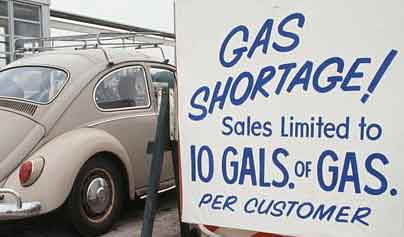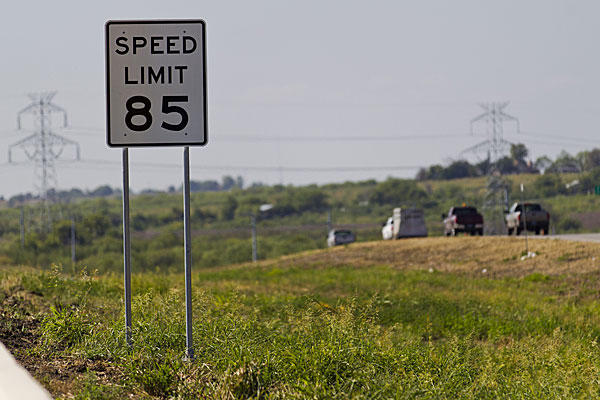The year was 1973. The world was in financial crisis, due largely to the United States and other countries pulling out of the Bretton Woods agreement that controlled international monetary exchange rates. Inflation was high, and the monetary system was starting to collapse. Then, on October 6th, Egypt and Syria launched a surprise attack on lands occupied by Israel in Sinai and the Golan Heights – starting the Yom Kippur War. By October 8th, Israel was on full nuclear alert, and the United States had announced a plan – Operation Nickel Grass – to resupply Israel with weapons and other strategic items.

The response of the Arab world was swift and devastating. By October 17th, OPEC oil ministers had agreed in principle to place an oil embargo on the United States and any other Western nations that took Israel’s side in the conflict. The embargo was triggered on 19th of October, when President Nixon requested that Congress appropriate $2.2 billion for aid to Israel. The world had plunged into the oil crisis.
While the Yom Kippur war ended relatively quickly, on October 26th, the embargo lasted until March 17th, 1974, and the effects lasted much longer. As part of its response to dealing with the crisis, the United States brought into effect the National Maximum Speed Law (NMSL), which limited speeds to 55 mph across the nation. While many states opposed the law, and some even deemphasized enforcing speed limits, it wasn’t until 1998 that the law was modified to allow speeds of up to 65 mph. The final repeal came in 1995, returning control over speed limits to the individual states.
Since then, many states have been edging speed limits back up, citing improvements in vehicle design that make it safer to drive at higher speeds, coupled with a desire for speed on the part of motorists. Since the NMSL was repealed, no less than 35 states have introduced speed limits above 70 mph on certain stretches of highway.
Now, it appears that Texas has gone one step further. A stretch of highway on a toll road that runs between Austin and San Antonio is now going to have a speed limit of no less than 85 mph. While this seems both excessive and a growth opportunity for Dallas car accident lawyers, Adrian Lund, President of the Insurance Institute for Highway Safety, puts it this way, “Cars are built to go fast and states increasingly want to raise their speed limits. Even if it means saving just two or three minutes during a trip, people want to go faster.”

However, you have to wonder if this is really a good idea. Texas already leads the nation in automotive fatalities in absolute terms, and comes in at 16% above the national average even when the size of the state’s population is taken into account. Also, while car designs may have improved, most of our roads have changed little. If you look at the German autobahn – famed for its high speeds – it has been specifically designed to carry high velocity traffic, with features that include cambering, separated contraflow traffic, and generous on-ramps and off-ramps.

